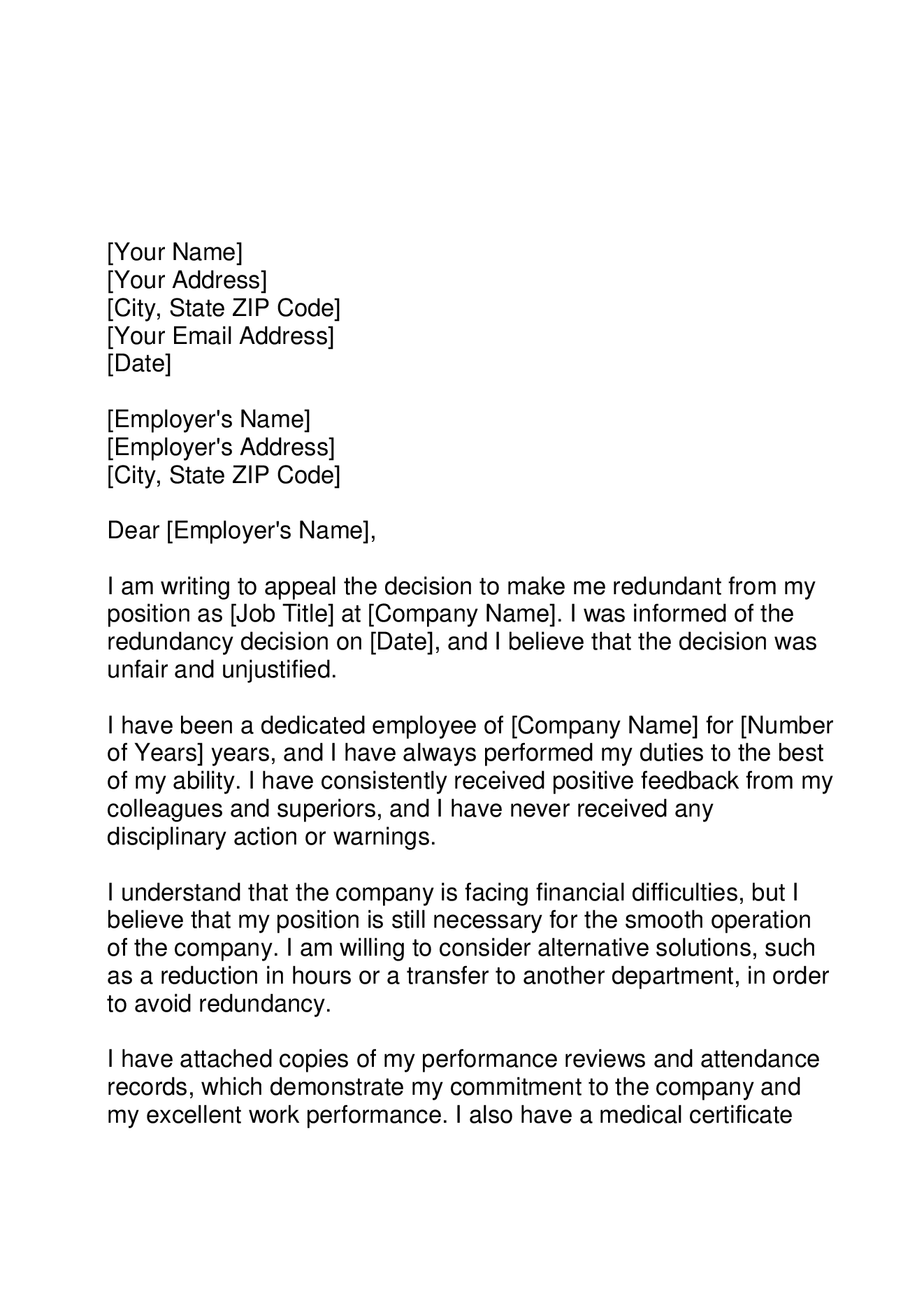Described: If a Company Goes Bust Who Pays Redundancy in the UK?
Described: If a Company Goes Bust Who Pays Redundancy in the UK?
Blog Article
Investigating the Interplay Between Firm Redundancy and Organizational Flexibility for Future Development
In the vibrant landscape of today's business globe, the intricate relationship between firm redundancy and business adaptability emerges as a crucial element for sustained development and success. Firms frequently encounter the obstacle of striking a fragile equilibrium between maintaining a level of redundancy to reduce dangers and cultivating adaptability to respond quickly to the ever-evolving market needs.
Relevance of Company Redundancy
Business redundancy is a vital component that enhances organizational resilience and mitigates operational risks. By integrating redundancy procedures within the organizational framework, companies can much better withstand unforeseen disruptions and fluctuations in the company environment. Redundancy functions as a strategic buffer, allowing companies to adapt and react successfully to unforeseen difficulties without jeopardizing vital operations.
One secret aspect of the importance of firm redundancy is its function in making sure continuity throughout times of situation. When confronted with sudden changes or emergencies, repetitive systems, resources, or personnel can action in to preserve essential functions and protect against widespread disturbances. This continuity not just safeguards the business's credibility and customer trust fund however also decreases monetary losses and operational downtime.

Techniques for Organizational Versatility

Another important approach is buying technology and facilities that can sustain adaptability and scalability. Implementing digital tools, automation, and data analytics can enhance procedures, enhance performance, and give valuable insights for notified decision-making. Additionally, developing versatile business frameworks that permit fast changes to market characteristics and consumer needs is vital for staying competitive in a quickly progressing atmosphere. By proactively determining prospective interruptions and chances, organizations can proactively prosper and adapt in an ever-changing business landscape.
Balancing Redundancy and Flexibility
Achieving a harmonious stability between operational redundancy and business flexibility is vital in browsing the complexities of a dynamic company atmosphere. Striking the best balance between redundancy and flexibility is a fragile process that needs a deep understanding content of the company's objectives, industry dynamics, and risk tolerance.
To achieve this balance, companies need to conduct regular assessments of their operations to identify areas where redundancy is needed for danger reduction and where versatility can drive advancement and development. Carrying out versatile structures, promoting a culture of continuous discovering and renovation, and urging open interaction across all levels of the organization are vital approaches to integrate redundancy and versatility successfully. By lining up these two crucial elements, companies can place themselves for lasting growth and success in an ever-changing business landscape.
Study on Adaptation Success
In checking out circumstances of successful organizational adaptation, it ends up being obvious that the interaction in between functional redundancy and flexibility is a defining element in forming durable companies. A DVD rental solution, Netflix showed exceptional flexibility by transitioning right into a streaming system when more helpful hints digitalization interfered with the industry. These case studies underscore the importance of operational redundancy coupled with organizational adaptability in fostering long-term growth and competitiveness.
Structure Strength for Future Development
Building strength for future development requires a critical positioning of functional procedures with market dynamics and arising patterns. Companies have to adapt to transforming atmospheres by fostering a society of flexibility, technology, and continuous renovation.
Furthermore, cultivating strong partnerships with stakeholders, such as clients, staff members, providers, and the neighborhood, is important for keeping and weathering uncertainties trust fund and assistance throughout stormy times. Effective interaction and openness play a vital function in structure durability, as they assist straighten expectations and promote cooperation in navigating unpredictabilities.
Additionally, navigate to this site organizations need to focus on learning and advancement initiatives to upskill staff members and furnish them with the needed devices to adjust to transforming situations. By buying their labor force, business can enhance their adaptability and agility, inevitably enhancing their durability for lasting future growth.
Conclusion

In the vibrant landscape of today's service globe, the intricate partnership between business redundancy and business adaptability emerges as a crucial aspect for continual growth and success. Business usually deal with the difficulty of striking a fragile balance between keeping a level of redundancy to alleviate threats and fostering versatility to react promptly to the ever-evolving market needs.To achieve this balance, business require to perform regular evaluations of their procedures to recognize areas where redundancy is needed for risk mitigation and where versatility can drive technology and growth.In conclusion, the interplay between business redundancy and organizational versatility is crucial for future growth. Building resilience with a combination of redundancy and versatility will certainly make certain that firms are prepared for the obstacles of the future.
Report this page